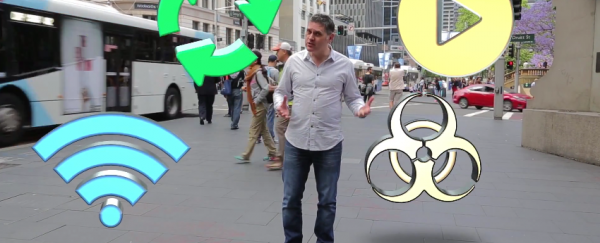
Symbols are everywhere in modern society - from emojis and advertising, to religious symbols and road signs, these markings provide us with context, directions and meaning. But why did we start creating them? The latest episode of UNSW's 'How Did We Get Here?' breaks down the science behind how we evolved to create markings on our environment.
It turns out that communicating with symbols is unique to the human species - in fact, it's one of the standout features that distinguishes us from all other life, as UNSW Science evolutionary biologist Darren Curnoe explains. Our chimpanzee cousins can be taught to recognise and use symbols, but they've never been seen to create them themselves.
The earliest evidence for the use of symbols is found in Africa, in cave art dating back more than 50,000 years. These simple engravings in rock and pigment paints extended meaning to objects beyond spoken words.
But what evolutionary benefit did these drawings have? This cave art actually allowed ancient humans to communicate vast amounts of information efficiently, and let them mark out places that were abundant with food and water sources, helping to pass on valuable life-saving information to their families.
Today, symbols continue to enrich our lives, and are still just as linked to our evolution. Watch the episode above to find out why, and don't forget to subscribe to UNSW TV to get new episodes as they go live. We're never going to look at emojis in the same way again.
Love science? Find out more about the world-leading research happening at UNSW Science.
